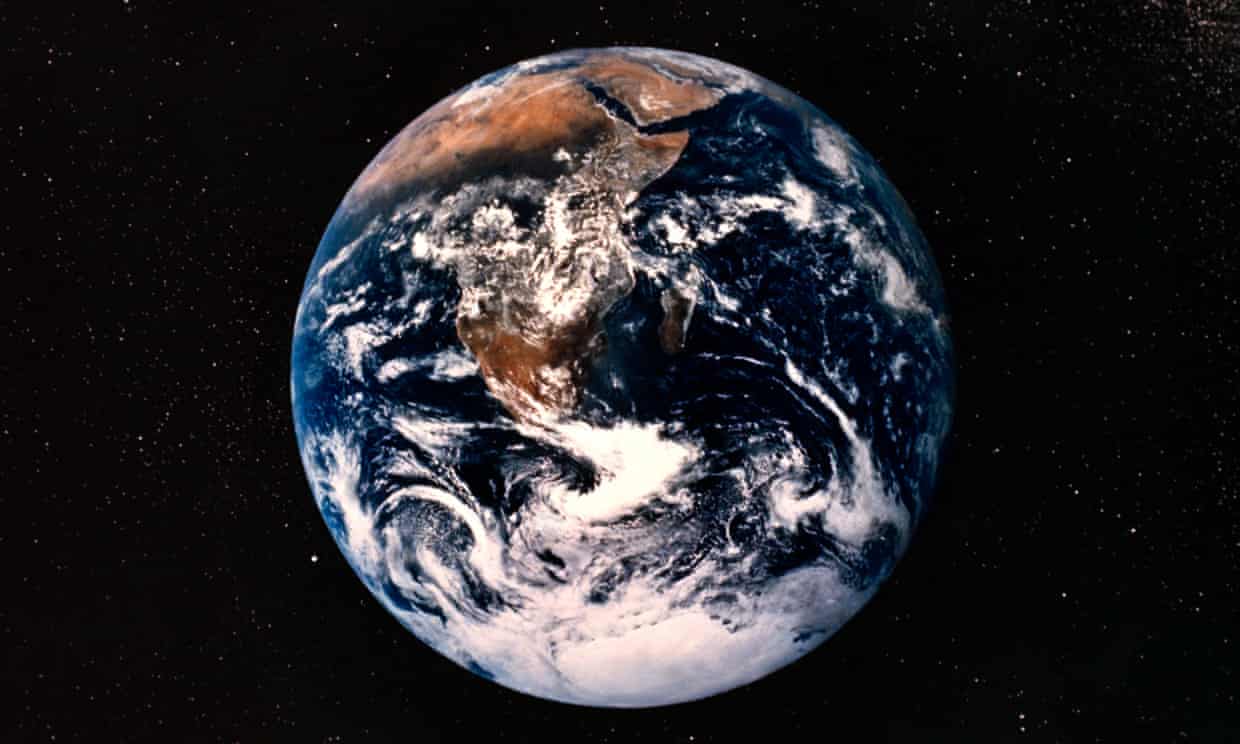

 The Unintended Consequences of Climate Change and Renewable Energy
The Unintended Consequences of Climate Change and Renewable Energy
In the fervor to combat climate change, an uncomfortable question looms: are our well-intentioned renewable energy efforts causing more harm than good?
As we embrace wind, solar, and sustainability policies, complex unintended consequences emerge that could worsen environmental issues.
A few years ago, a “New Apollo Project” sought to replicate the moon landing by harnessing renewables to “save the planet”, but the journey from theory to reality proved difficult.
One troubling realization was the collateral damage to wildlife from renewable energy infrastructure.
Industrial wind turbines pose a significant threat to birds, especially threatened raptor species like eagles, condors, and hawks.
While proponents note cats kill more birds than turbines, the distinction lies in the endangered species affected.
Wind farms essentially become killing fields, with hundreds of thousands of bird and bat deaths annually from collisions.
Offshore wind projects near Britain prompted warnings about endangered seabird impacts, and in California, the Altamont wind farm has become a population sink for golden eagles and burrowing owls.
The American Bird Conservancy said the more turbines erected, the higher the mortality rate.
Solar farms also present wildlife challenges through habitat loss and heat exposure.
Constructing massive solar arrays requires clearing land, displacing species like the threatened desert tortoise.
Birds flying over often burn up from the 900 degree heat solar farms generate- not very green at all.
These facilities also consume millions of gallons of water for cleaning and power generation, a scarce resource in sunny regions ideal for solar development.
Plus discarded solar panels contain toxic materials, with many ending up in landfills or shipped to African countries rather than responsibly recycled.
Turbine disposal is even more problematic, requiring toxic fiberglass blades to be sawed apart and buried in landfill pits.
As renewable energy expands from under 10% of electricity today, related environmental damage would multiply.
Transitioning the entire U.S. grid to wind and solar would require 25% of all land, vastly more than today’s half a percent energy footprint.
Such an expansion could devastate vulnerable wildlife populations and habitats, yet even the most well-intentioned climate solutions can thus create their own sustainability issues.
Germany’s Energiewende initiative promoted renewables but increased emissions by retiring nuclear plants.
Biofuels like corn ethanol divert cropland from food production, and that isn’t sustainable without huge government subsidies for the farmers growing the corn.
Even hydropower, celebrated as renewable, faces criticism over methane emissions from reservoirs and disruption of fish migration patterns.
Intermittency challenges from wind and solar lead some nations to retain coal or gas as backup.
Yet the supposed urgency of decarbonization continues to be touted as justification for aggressively expanding unreliable renewables regardless of their unintended harms.
Rather than thoughtful planning and minimizing downsides, renewable zealots demand blind pursuit of their agenda, heedless of the environmental and social consequences.
In truth, the risks and limitations of renewables raise doubts about their ability to meaningfully tackle climate change even with maximum expansion.
The myriad complex tradeoffs reveal how promises of renewable panaceas are hollow illusions.
Far from empowering responsible policy, acknowledging these downsides exposes the glaring technical and economic flaws underlying the entire decarbonization premise.
With energy affordability and reliability paramount, attempting to radically overhaul our proven electric grid to enable the intermittent output of weather-dependent wind and solar seems reckless if not futile.
In the absence of cost-effective bulk storage, modern civilization still remains dependent on nuclear and fossil fuel energy for the foreseeable future.
Rather than politically-driven mandates to force adoption of immature technologies, we should take a pragmatic approach that integrates real solutions as they develop, while safeguarding energy security.
With advanced nuclear designs and continued efficiency gains, we can address environmental concerns without compromising living standards or requiring radical societal transformation.
Read the original story here:
PragerU



Finallly a sane publication that I trust will steer awway from hysteria longshot that are dangerous and unproven for vague
agendas of “saving” our planet.